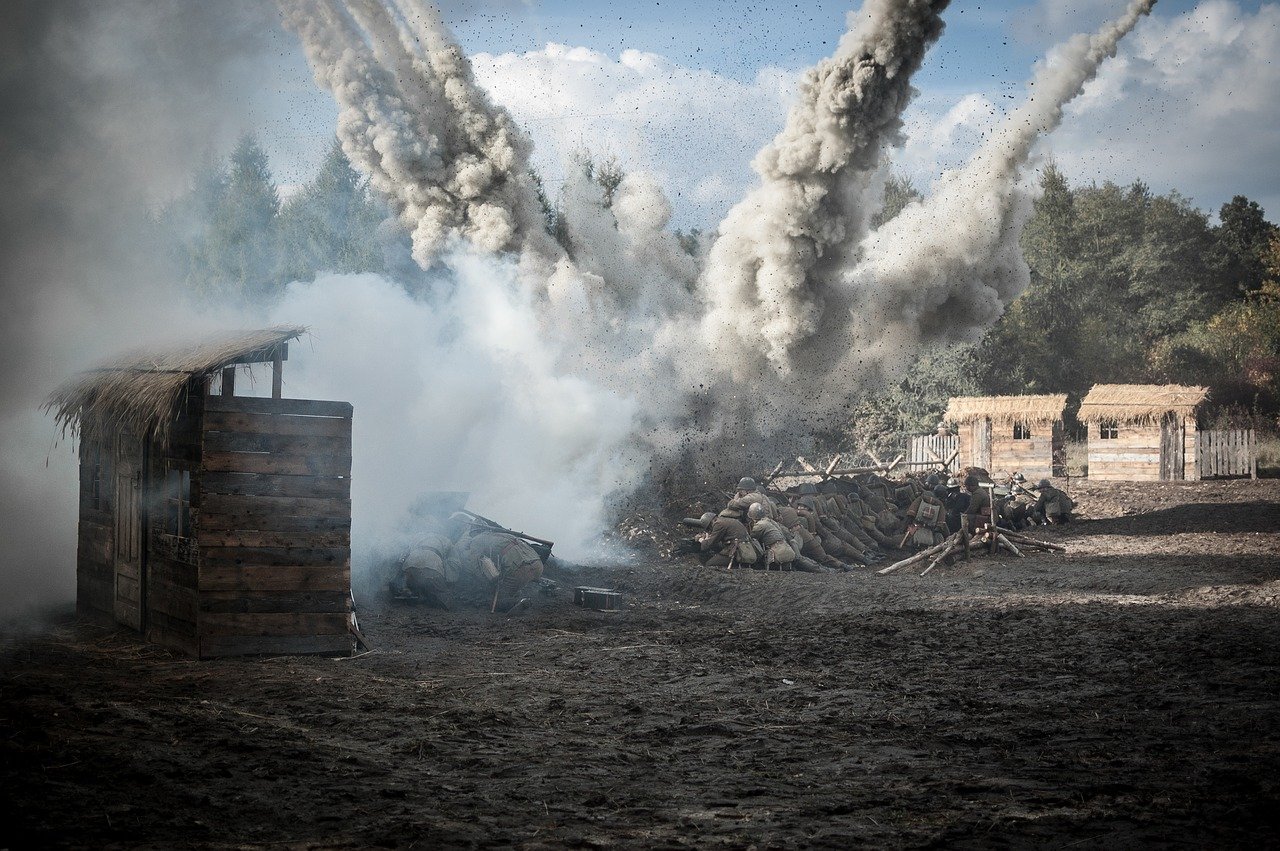In 1953, the North Vietnamese Communists initiated a ruthless land reform in which landlords, dissidents, and French collaborators were massacred. Accounts of the deaths of the repression vary widely, from 50,000 to 100,000, with some sources stating a figure of 200,000, stating that the real figures were even higher, as family members of victims of the terror starved to death in isolation. As a result of the reform, the landlords were abolished as a class and their land was distributed to the peasants.
By the late 1950s, it was clear that peaceful attempts to unite North and South were at a standstill. The government of the North supported the 1959 uprising organized by the South Vietnamese Communists. However, some American sources claim that in fact the organizers of the rebellion were assassins from the North who had infiltrated South Vietnam on the Ho Chi Minh Trail, rather than the local population.
By 1960, disparate groups fighting against Ngo Dinh Ziem’s regime had merged into a single organization, which in the West was called Viet Cong (short for “Vietnamese Communist”).
The main thrust of the new organization was terror against officials and civilians who expressed open support for the pro-American regime. The South Vietnamese guerrillas, fully supported by the Northern Communists, were becoming more confident and successful by the day. In 1961, the U.S. responded by bringing its first regular troops into South Vietnam. In addition, American military advisors and instructors assisted the Zien army by helping to plan combat operations and train personnel.
